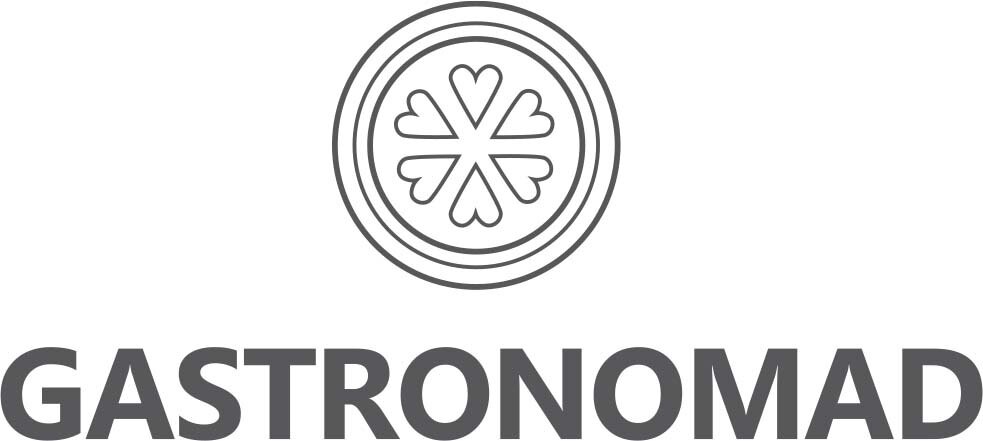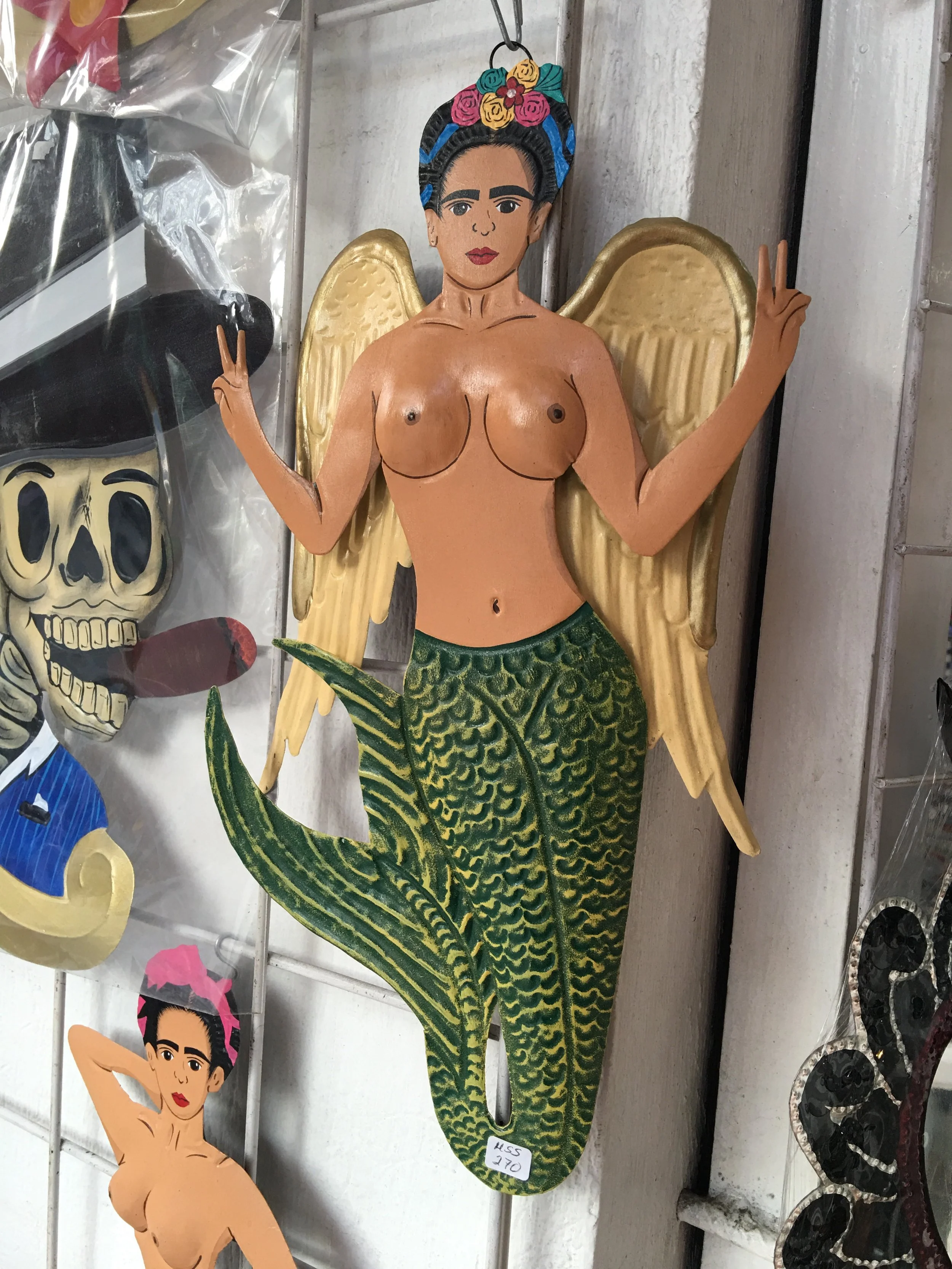A friend recently asked me: "How do you find the best places?"
In fact, people have been asking both me and Amira this question for years. We've been sharing our foodie experiences on social media for the last ten years, and our friends and followers are often shocked by what we're able to discover and experience.
And it's more relevant than ever, now that we're inviting small groups of friends to join us for Gastronomad Experiences. (Our next three Experiences are in Barcelona, Fez and Mexico City.)
The answer to how we find the best places may surprise you.
Our discovery process has three components: 1) Time; 2) Investigation; and 3) Context.
1. Time
The time element is key. We find that it takes weeks or months of full-time exploration to truly discover cultural traditions and the real food scene in any city as well as those cities where the best food is found. This exploration is informed by weeks or months of research online and by phone, followed by additional weeks or months of research on the ground at each location. Amira does most of this work, and she spends a great deal of her time on this.
For example, in a couple weeks, we're headed to Europe to do advanced recon on a very special location for next year (to be announced).
Then, we're moving to Barcelona for a month where Amira will complete her research and outreach for the upcoming Barcelona Experience (even though we've lived in Barcelona several times).
After that (though we’ve travelled to Morocco several times), we're headed to Morocco for two full months of research and exploration for the upcoming Morocco Experience.
Because we, ourselves, are gastronomads, we have the time to conduct deep exploration of each city before events.
2. Investigation
We discover places through two basic processes. The first is that we cultivate serendipity.
We love to walk for exercise, and typically put in between three to ten miles per day. We systematically meander through a city's streets and alleys and boulevards, always on the lookout for undiscovered gems to explore.
The second process is investigation. Amira spends hours each day working like a detective or private eye or shoe-leather investigative journalist. She starts with a market or shop that looks high quality, grilling them about all aspects of their operation and philosophy, and also asking them about suppliers, traditional artisans, makers and farmers and food visionaries in the area. She then takes what she's learned to the next person, and continues this way through the city's high-quality food sector.
Over the weeks, she figures out who the real innovators and traditionalists are, who's offering what, and where the special farmers, vineyards, wineries, breweries, butchers, cheesemakers and restaurateurs are. She gets to the root of what drives the food scene in that town. We try and test and sample -- this is where I come in. (Hey, somebody's gotta do it!)
3. Context
Amira doesn't approach all this from a vacuum. She's spent her entire adult life as a food professional, beginning her career with heading food and beverage operations at prestigious hotels (Mondrian, Beverly Wilshire, Westin Bonaventure in Los Angeles and Park Hotels in New York City). She’s also worked as the special events executive catering manager for the chancellor of UCSB, has her own practice providing health counseling and food counseling work and has been a lifelong creative force in the development of healthy, organic recipes and cooking methods. (Check out her amazing creations on Google+.)
In short, we discover the best food places with a lot of time and work pursuing our lifelong passions, and it's a joy to do.
Get our free email newsletter! (It takes 3 seconds to subscribe!)


















































